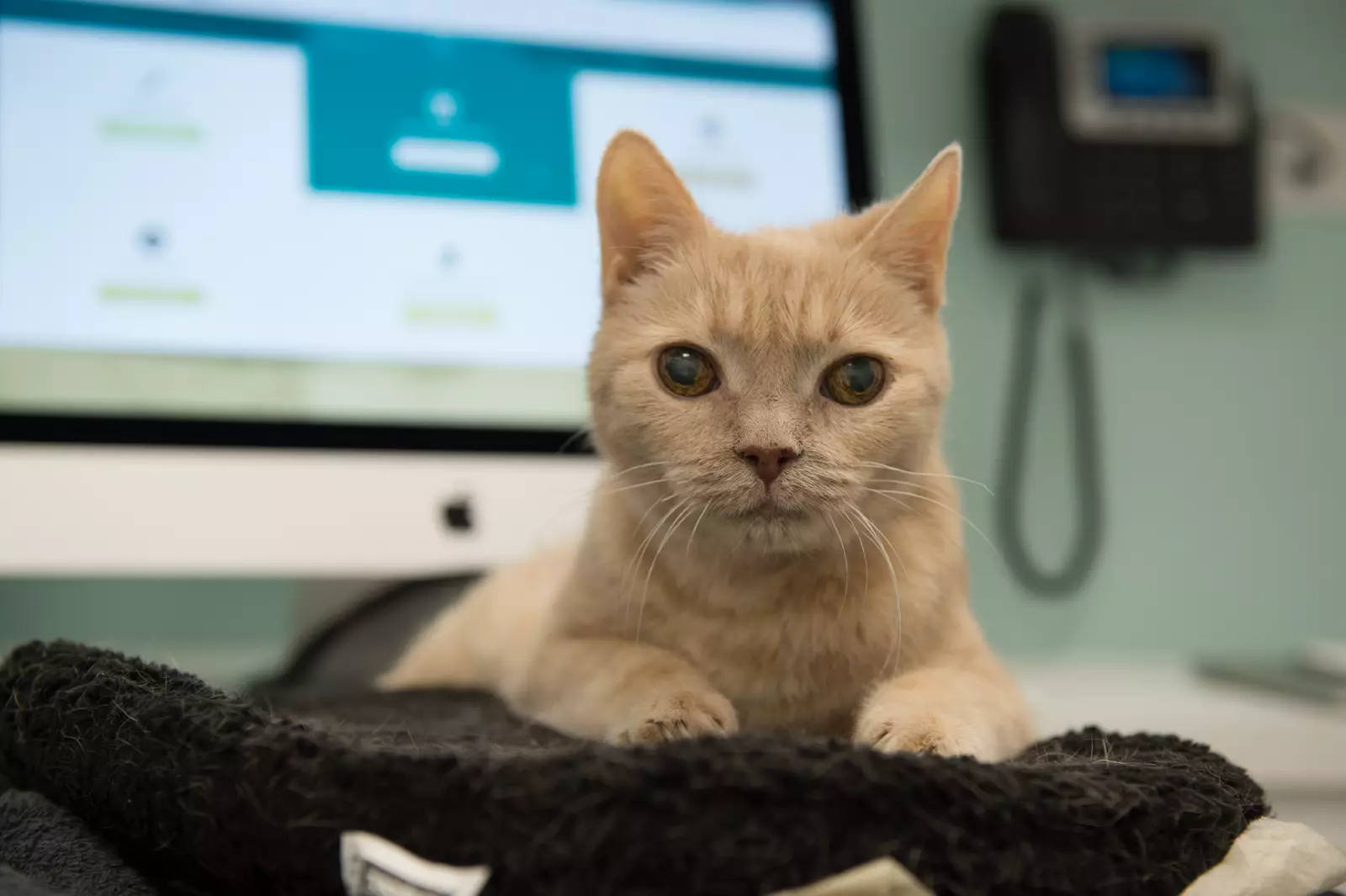As Pet Dental Health Month unfolds, it brings to light a startling reality: 85% of cats over three years old are likely suffering from dental diseases, according to recent findings from The London Cat Clinic. Despite this alarming statistic, many of these conditions go unseen and undetected, leading to a silent epidemic among the feline population. As the primary provider of specialized dental care for cats in the UK, the clinic urges all pet owners to take immediate action to safeguard their cats’ dental health.
The discrepancy in diagnosis is concerning, with reports indicating that only a mere 15.2% of affected cats are officially recognized by veterinarians each year. This gap between actual cases and clinical diagnoses underscores the critical need for increased awareness and proactive care. Dr. Rob Davis, a distinguished expert in veterinary dentistry and President Elect of the British Veterinary Dental Association, highlights the necessity of bridging this alarming gap. He emphasizes that awareness and early detection are essential not just for maintaining oral health but also for ensuring the overall wellbeing of our feline friends.
The Link Between Oral Health and Overall Wellbeing
Dr. Davis further emphasizes the relationship between dental health and other systemic health issues in cats. Untreated periodontal disease can lead to a range of serious medical concerns, which presents an urgent call to action for pet owners. The experiences documented at The London Cat Clinic reveal a correlation between untreated dental conditions and the escalation of general health problems. When dental disease goes unchecked, cats become vulnerable to complications that no pet owner would want for their furry companions.
To counteract these silent threats, the clinic promotes preventive dental care. One fundamental step is training cats to accept tooth brushing from a young age. While many may find the notion of brushing a cat’s teeth daunting, Dr. Davis insists that the long-term benefits greatly outweigh initial challenges. He aims to debunk common misconceptions, such as the myth that dry food can effectively replace regular dental care. Many dental issues actually arise in areas of the mouth that chewing cannot reach, making professional dental assessments necessary.
Comprehensive Oral Health Assessment and Treatment (COHAT)
To demonstrate its commitment to feline dental health, The London Cat Clinic employs a detailed evaluation process known as the Comprehensive Oral Health Assessment and Treatment (COHAT). This thorough methodology not only permits a precise diagnosis but also facilitates a tailored treatment plan to meet the unique needs of each cat. The clinic utilizes cutting-edge dental radiography, providing a detailed view of oral health that goes beyond what is visible to the naked eye.
As a part of its ongoing mission during Pet Dental Health Month, The London Cat Clinic aims to educate cat owners about the subtle signs of dental disease. Dr. Jeremy Campbell, Clinical Director of the clinic, cautions that cats are naturally stoic creatures and often conceal signs of discomfort until it becomes severe. He emphasizes that regular dental check-ups are essential for identifying and addressing potential health issues before they can escalate into more significant problems.
Consider the poignant example of a cat named Skye, an eight-year-old feline who, despite appearing healthy, harbored significant dental issues. The discovery of her condition underscores the importance of professional evaluations. Skye’s case highlights how even the most seemingly healthy cats can suffer from hidden dental diseases, illuminating the vital role that expert care can play in enhancing a cat’s quality of life.
As we continue to observe Pet Dental Health Month, The London Cat Clinic calls upon all cat owners to acknowledge the silent dangers of dental disease. Dr. Campbell concludes, emphasizing that early detection and treatment are pivotal in preventing unnecessary pain and ensuring a higher quality of life for our feline companions.
Recognizing the signs of dental disease early on is crucial for effective intervention. Here are key indicators that cat owners should monitor:
1. **Visible Plaque and Tartar:** Look for sticky deposits on teeth that can develop into hardened tartar if neglected.
2. **Swollen Gums:** Red or swollen gums signal gingivitis, which can potentially be reversed with proper care.
3. **Bad Breath (Halitosis):** While some odor is normal, persistent foul breath may indicate underlying dental issues.
4. **Eating Discomfort:** Notice any changes in your cat’s eating habits or hesitation while chewing, as this could signal dental pain.
5. **Loose or Missing Teeth:** Adult cats should possess a full set of teeth. Losing one indicates possible gum disease or decay.
6. **Excessive Drooling:** While some drooling is normal, abnormal drooling combined with foul-smelling saliva can signal oral health concerns.
The health of a cat’s mouth is integrally linked to its overall wellbeing. By prioritizing regular veterinary care, including professional dental cleaning, and adopting a regime of daily brushing with cat-specific toothpaste, owners can significantly mitigate the risks of dental diseases. This Pet Dental Health Month, let us commit to prioritizing our beloved cats’ dental care for happier, healthier lives.


Leave a Reply